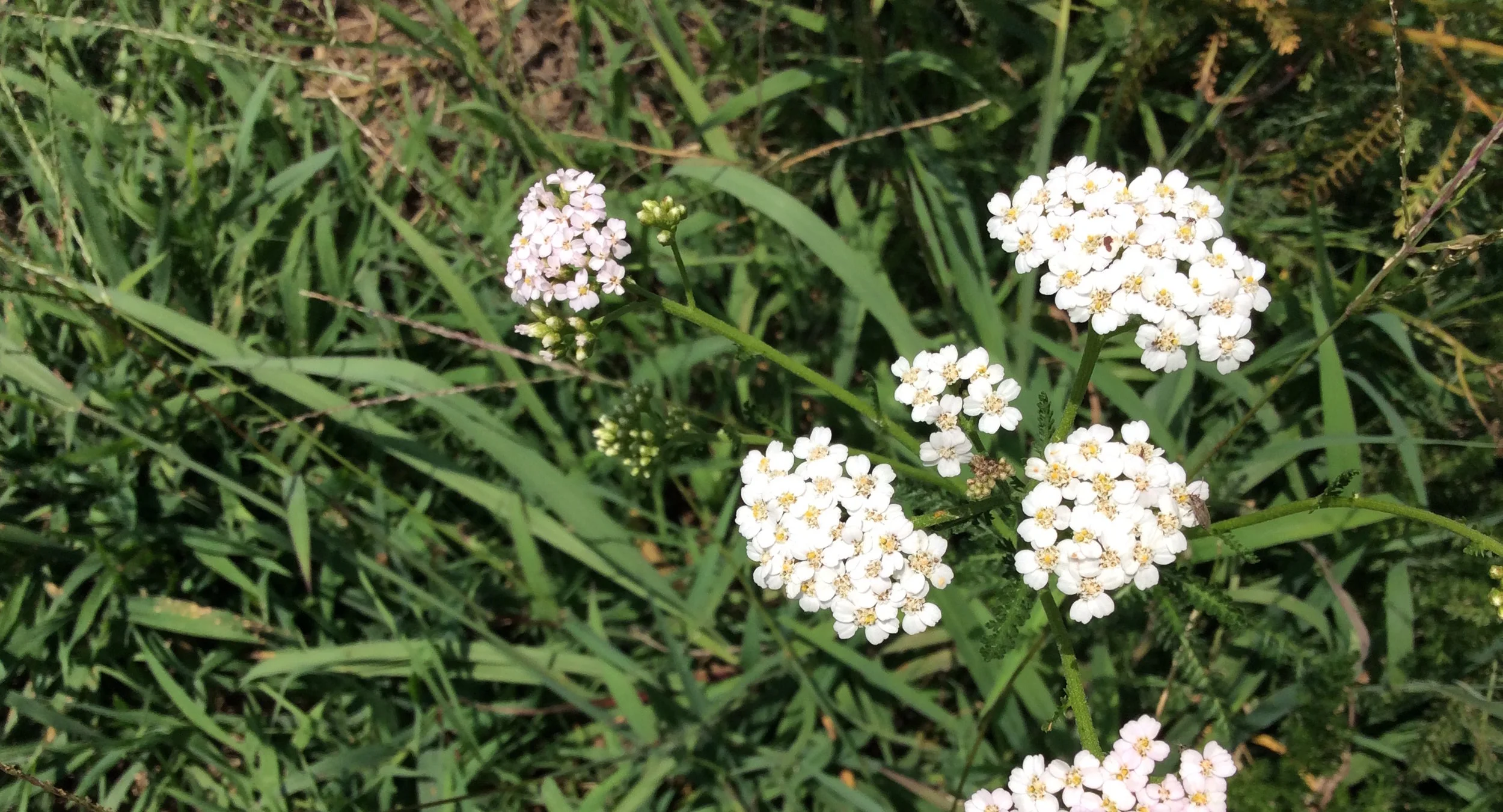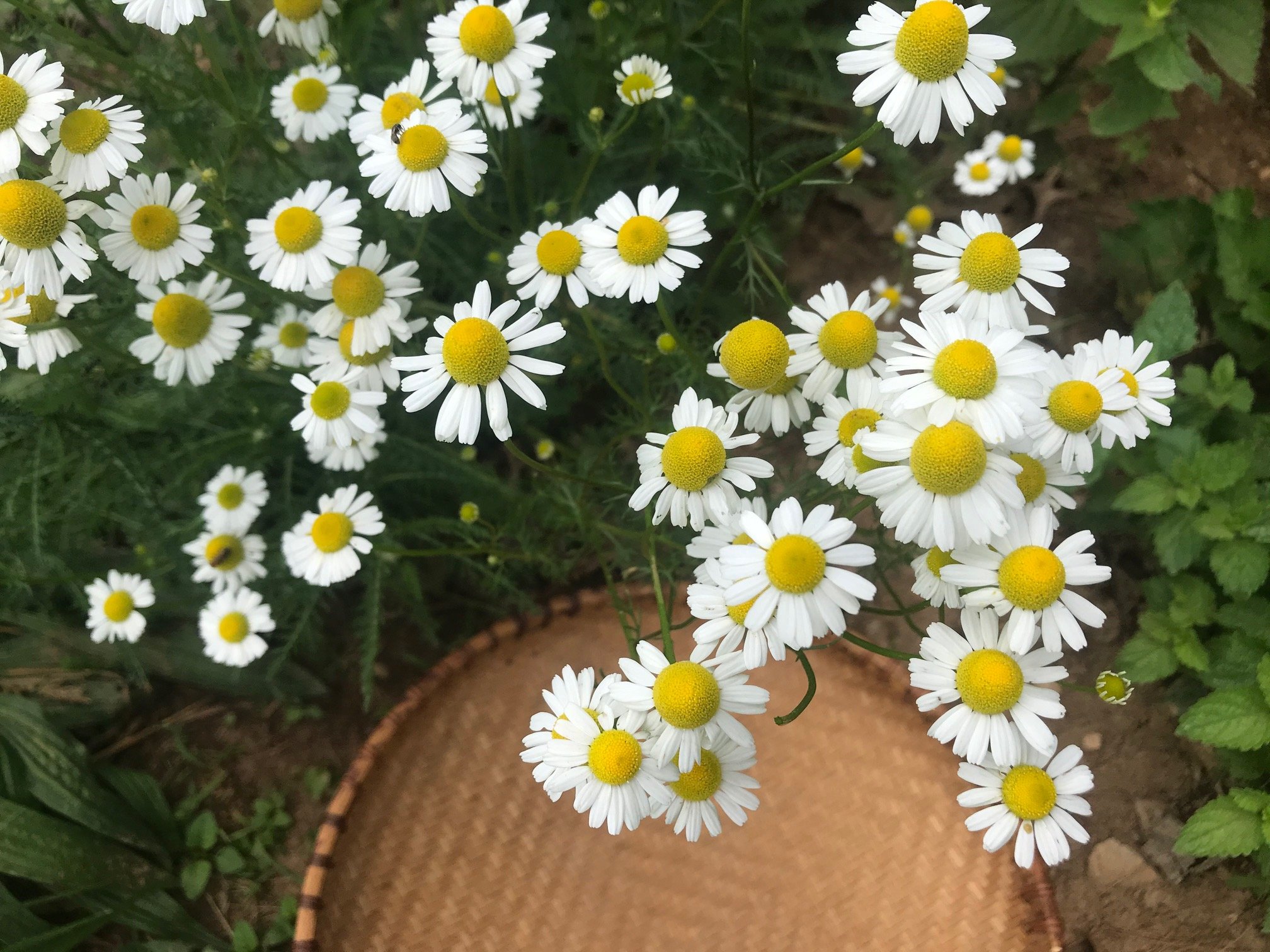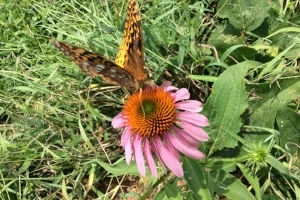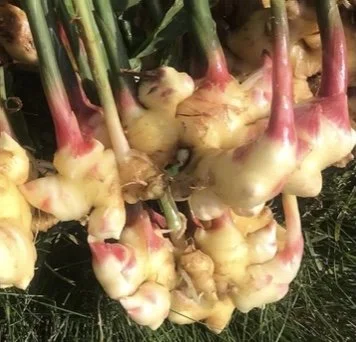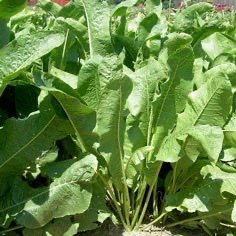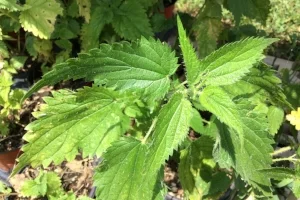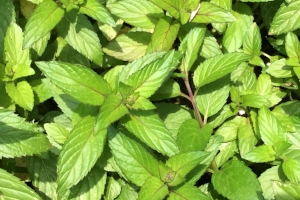{ Our plants }
Stay tuned as this page will be changing as the seasons do…….we will be growing more medicinal herbs for you to use in your own medicine……….we will offer plants, fresh and dried herbs in the coming year. If you have something in mind that you would like us to grow for you, please drop us a note….we look forward to another chapter in our ‘book’ of growing
Chamomoile, German (Matricaria recutita).
Anise Hyssop (Agastache foeniculum)
The leaves and tiny flowers of Anise Hyssop smell and taste of anise while its stems and opposite leaves tell us perhaps it belongs to the mint family. It can be dried and steeped as tea or crumbled fresh over a salad!
Ashwagandha (Withania somnifera)
Calendula (Calendula officinalis)
. You can enjoy calendula tea, tonics, or sprinkle the florets on your next meal!
Echinacea (Echinacea purpurea)
Echinacea was used by Native Americans of the Great Plains region as traditional medicines. There are nine species of Echinacea native to North America.
Elderberry (Sambucus) varieties available Ranch, Wildwood, Bob Gordon
Elderberries contain amino acids, carotenoids, vitamin A & B, and a large amount of vitamin C.
Ginger (Zingiber officinale)
Enjoy it in juices, smoothies, stir-fry, tea, you name it.
Horseradish (armoracia rusticano)
How to Grow Horseradish
PLANTING
Plant horseradish in a well-prepared, weed-free bed. Give this hardy perennial plenty of space in your garden bed as it spreads readily. Place the root pieces at a 45-degree angle in the soil with the flat (larger) end up and the slanted end down. The flat end should be one to two inches below the soil surface. Five to ten plants are usually sufficient for a home garden.
IRRIGATION
Keep soil moist throughout the establishment period. Irrigate through the growing season, but take care not to overwater.
FERTILIZATION
Horseradish does not need a lot of fertilization. Fertilize in spring with five pounds of 10-10-10 per 100 square feet.
HARVESTING
It is best if you don’t harvest the first year to allow for plants to get well established. In the subsequent years, you may harvest horseradish roots anytime from midsummer on, but for the best flavor, wait until late fall or until after the first frosts when the leaves have died back. Dig or loosen the soil around the roots and pull them out of the soil. Take the large, main root and as much of the secondary root system as possible. Wash and dry the roots. Use the largest pieces for your recipe. Smaller, side roots that are ¾ inch in diameter and about eight inches or longer can be replanted in a new bed. They will provide your next year’s crop. If not harvested, the roots will need to be divided every year or two.
Lavender (Lavandula)
Lavender was originally found only in the Mediterranean, but now blooms in many sunny locations around the world.
Lemon Balm (Melissa officinalis)
Native to the Mediterranean and various regions in N. Africa, Asia, and Europe, Lemon Balm has been used since the ancient times of the Romans & Greeks. It can been used to sweeten jam, jellies, as an addition to salad, and as a flavoring for various fish and poultry dishes as well as liqueurs.
Lemongrass (Cymbopogon citratus)
A tropical grass native to Southeast Asia, you may find lemongrass in your favorite Southeast Asian culinary dish.
Nettle (Urtica dioica)
.
Peppermint (Mentha piperita)
A flowering perennial native to Europe, the world's most familiar "mint" scent is the aroma of peppermint. Tea is the most common and best use of this herb.

